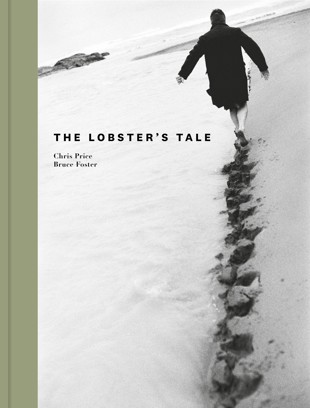Following the release of Bordering on Miraculous by Lynley Edmeades and Saskia Leek, Lloyd Jones spoke with Stuff about his process as editor of the kōrero series, of which the fourth and latest installment is Edmeades’ and Leek’s book.
‘Tell us a bit about the concept of picture books for adults.
Lloyd Jones: The korero series invites a visual artist and writer to work together. As editor I provide them with a topic. They can run with it or come up with their own. Aside from that, an idea is often only a starting point. Inevitably, it will shift since fluidity is part of the working process.
As we've seen in Bordering on Miraculous, Lynley Edmeades and Saskia Leek have mined the everyday for their miracles and come up with a truly startling and beautiful picture book.
Did you immediately know who you wanted to work with on this series?
I have a list which I am adding to all the while. It doesn't suit everyone, and that's fine. For collaboration to really spark, I think there has to be a readiness to trust the process and go with the flow.
With such experienced writers onboard, what did the editing process involve?
I am firstly the match-maker. Secondly, I come up with the topic. But that is not set in concrete. I am more of a sounding board. I am if and when needed, and as first reader.
In this series, how does art lift or complement the written work?
Well, Saskia would tell you she is not an illustrator, but she likes working alongside words. She and Lynley shared ideas around their own working process, a subject always interesting to artists and writers. Saskia would run off some prints for Lynley to respond to - not directly as in 'write about this' ...and yet the shapes in Saskia's pictures have found a way into Lynley's poetic musing.
Some of Lynley's more electrifying images enjoy a kind of sisterly relationship with the pictures. But, one is not intended to illustrate or prop up the other, as in a conventional picture book. Rather, the end result is a shared musing over a common topic picked apart through conversation and exchange of material.
Bordering on Miraculous feels too beautiful to be relegated to coffee table book status - where do you keep yours?
Yes, I agree. Bordering on Miraculous demands and rewards proper engagement. Read one page then look at the picture, then go back read again. The surprises and rewards keep mounting.
I have a small but growing collection of 'artist books.' They live on the bookshelf. I return to them time and again. Sometimes it is just for a flick through. Other times I am feeling a bit stuck, low on juice. That's when I pick one up and discover all over again the pleasure of being taken somewhere that is both strange and familiar.’
Find the article on Stuff here.






